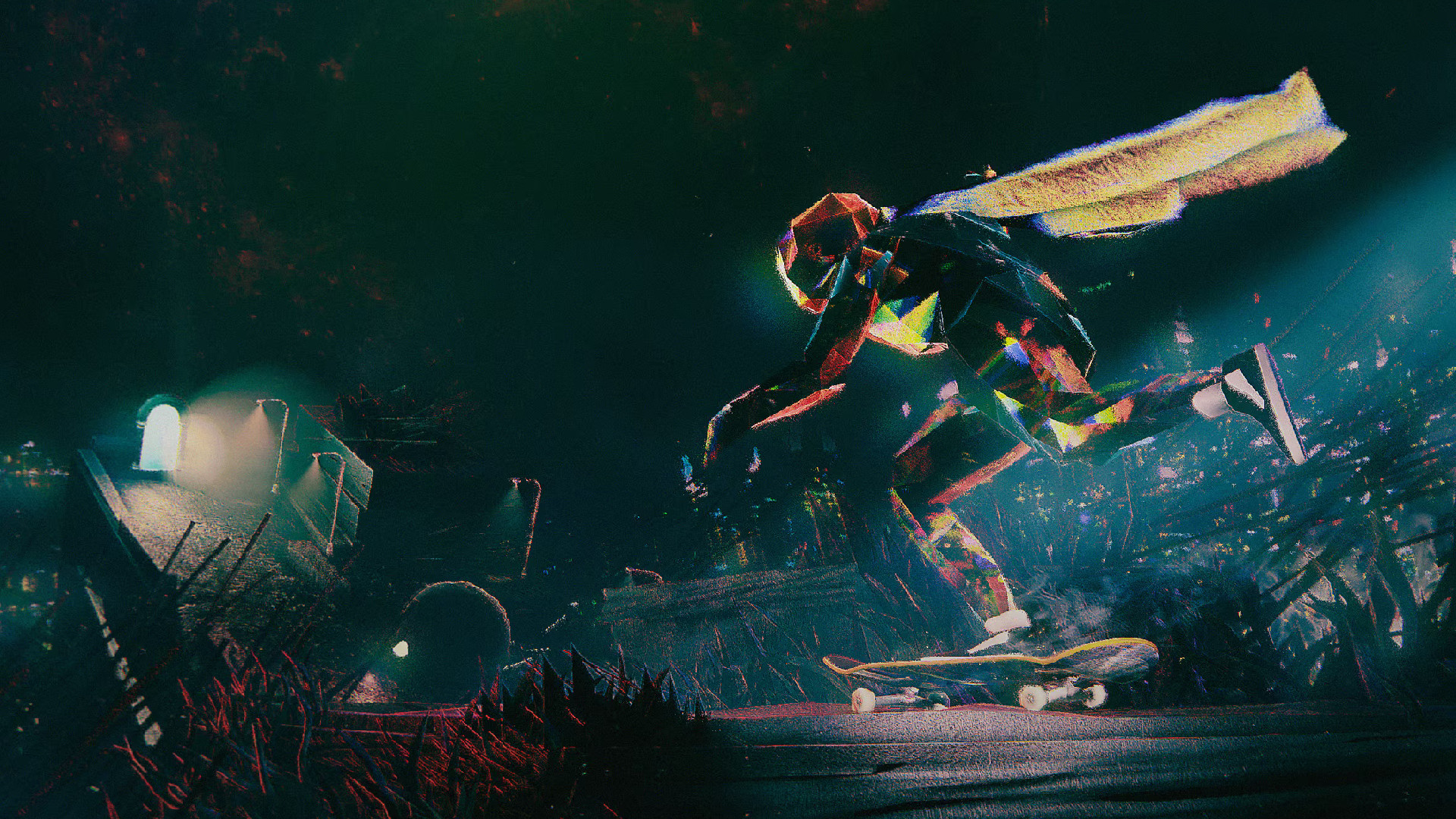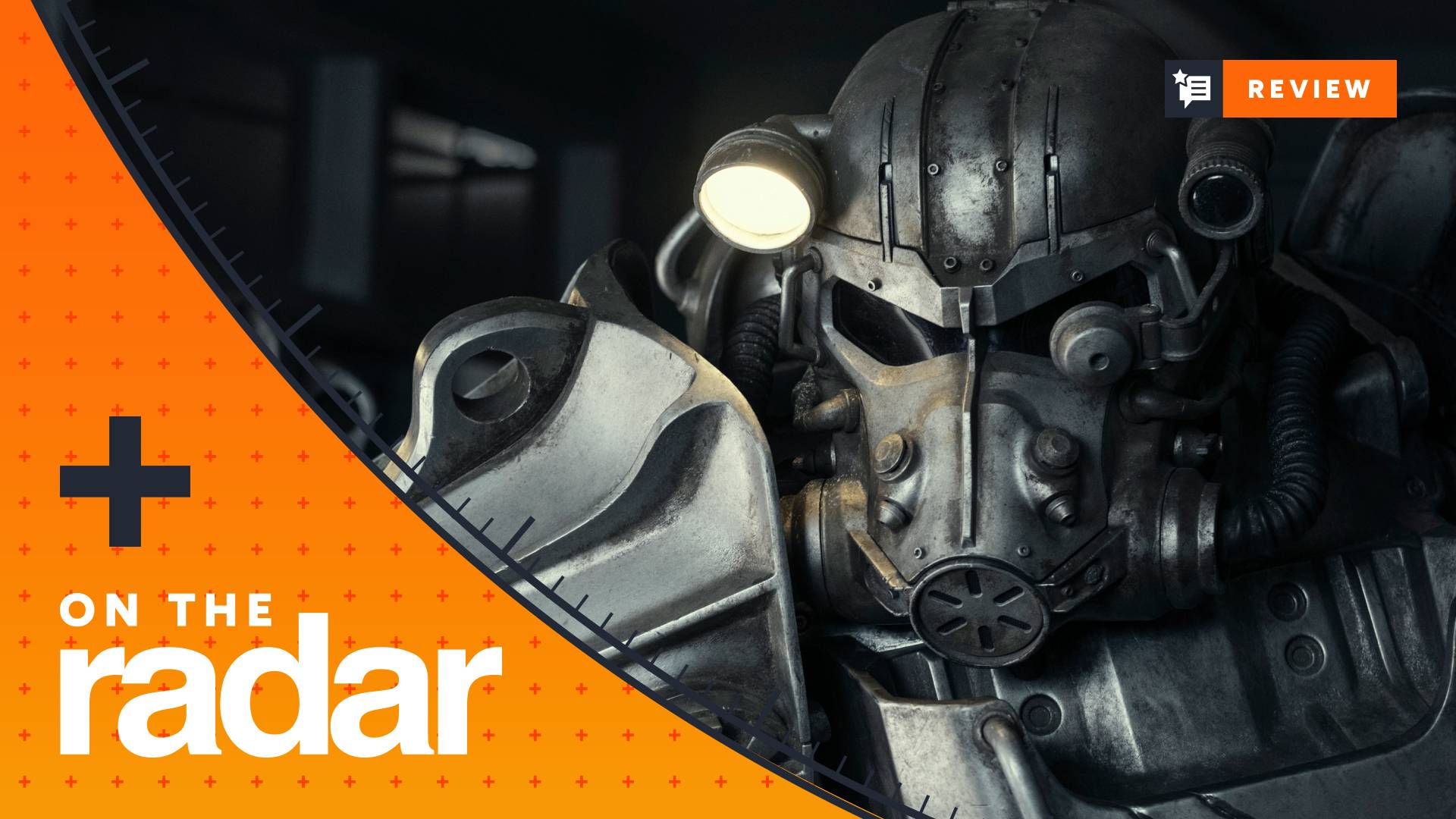I was ready for the PS1 and PS2 era nostalgia this survival horror game would bring, but I never expected it to remind me of the most divisive Silent Hill
Now Playing | Resident Evil, Silent Hill, and Fatal Frame collide in Heartworm, a retro-styled survival horror that shocked me with how effective a simple camera flash can be
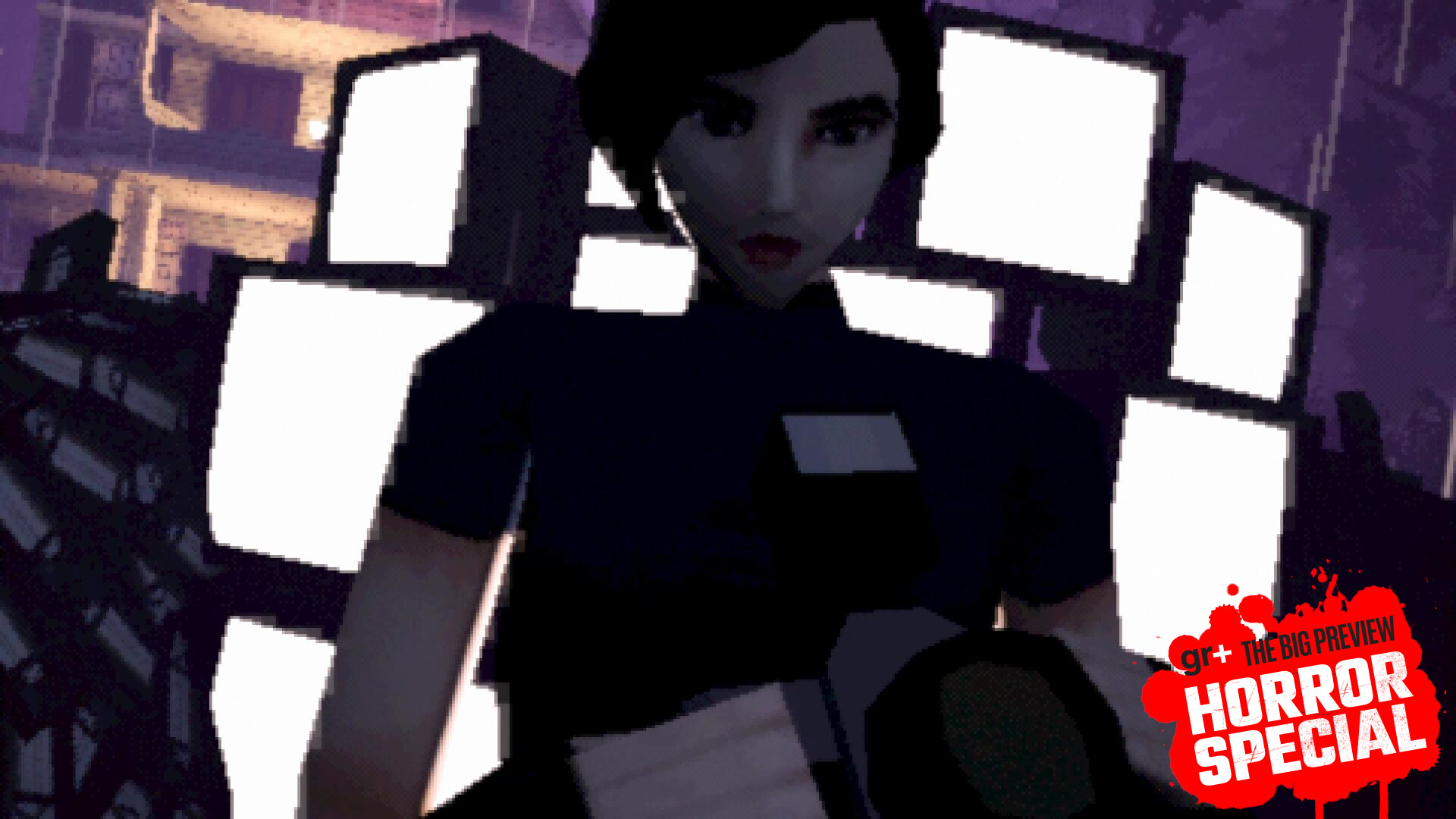
If I could scoop out all my memories of playing classic survival horror across PS1 and PS2 and blend them into a terrifying smoothie, I'm confident the end result would be Heartworm. This retro-styled survival horror (though it's up to you if you want PS1-style texture warp or tank controls) is clearly developed by those with a deep love for the medium's ancient texts – which perfectly serves a fellow devotee like myself. But Heartworm brings its own scares to the cloth-covered floating table too.
Playing as Sam, I arrive at an abandoned house in the middle of nowhere after following internet rumors about a door that leads to a world of memory – where passed loved ones still reside. It might be hard to believe but such a realm might actually be bad news, as Sam quickly discovers. And as she only has a camera and a limited roll of film, that might be a problem against the oncoming TV static silhouettes and other strange creatures that haunt the halls of memory.
Say cheese
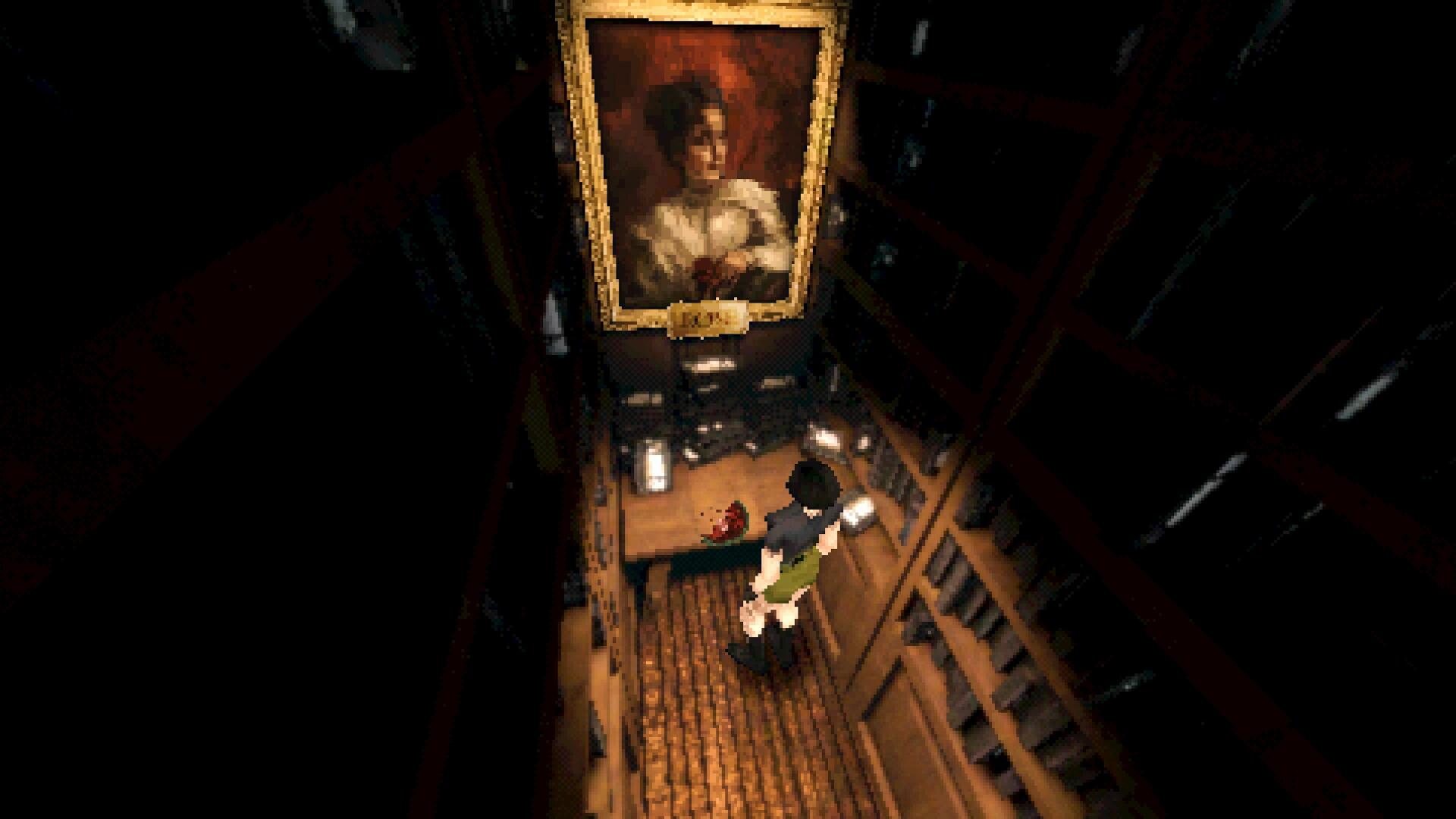
I love the game's opening hours that de-emphasize combat. The abandoned house is seriously dark, and combing through the creaking halls of the huge house have me on edge. While aiming and shooting with your camera (which damages enemies) uses up film, Sam can also deploy the flash at any time with the press of a button.

The Big Preview Horror Special hub has even more exclusive access to the biggest games in the genre on the horizon, and deep dives into iconic classics!
While classic survival horror could be dark and spooky, I seriously dig the way Heartworm uses modern lighting techniques to allow you to cast a brief burst of light from her point of origin, only briefly allowing you to see before the darkness encroaches again. It's a feature I instantly fall in love with – especially after Sam opens some doors to new rooms (complete with a Resident Evil style door opening cutscene) to complete darkness.
With that said, while the camera flash is useful, I wish more areas throughout Heartworm made more use of it – it's most handy in the games' early hours. After you end up in a wonderfully gothic hub area, Sam has to make her way through a few distinctly themed areas of this strange world in order to complete her ultimate goal – assembling pages of an ancient book.
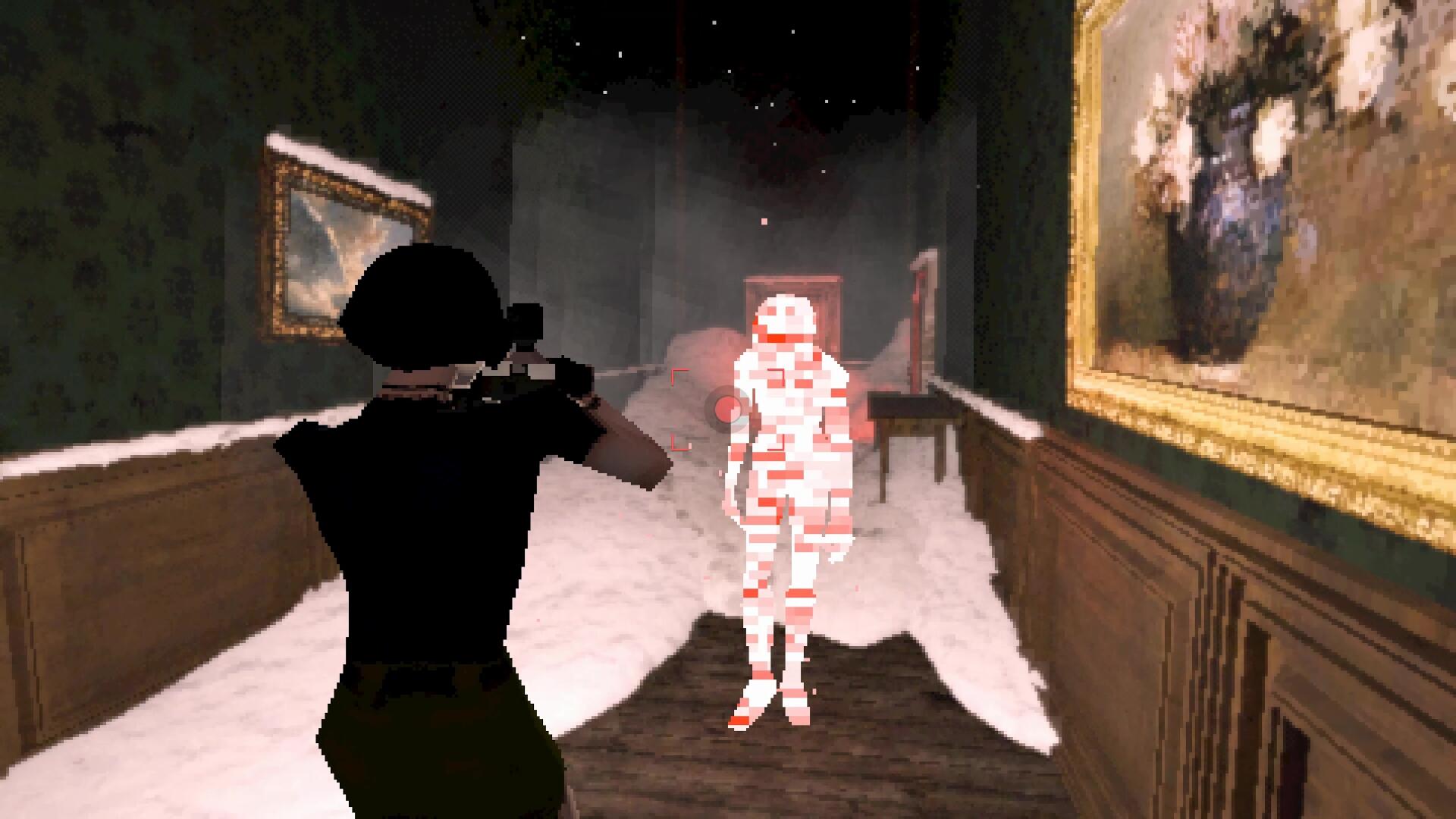
These areas are all pretty different from one another, in a way that ended up reminding me of Silent Hill 4: The Room – a divisive classic that I always feel I'd love to see inspire more works. Though that does mean some areas, like a brightly lit forest, don't benefit much from the camera flash at all outside of point-and-shoot combat.
Still, the way these areas are presented as broken fragments of memory intrigues me from start to finish, mixing dream logic with haphazardly combined locations that represent Sam's psyche. Another town-based area includes a residential neighborhood that Sam observes isn't actually accurate to her memories – like a childhood friend's house being much closer to her own here. Within is some uneasy water-based horror, representing an associated water-based event.
Weekly digests, tales from the communities you love, and more
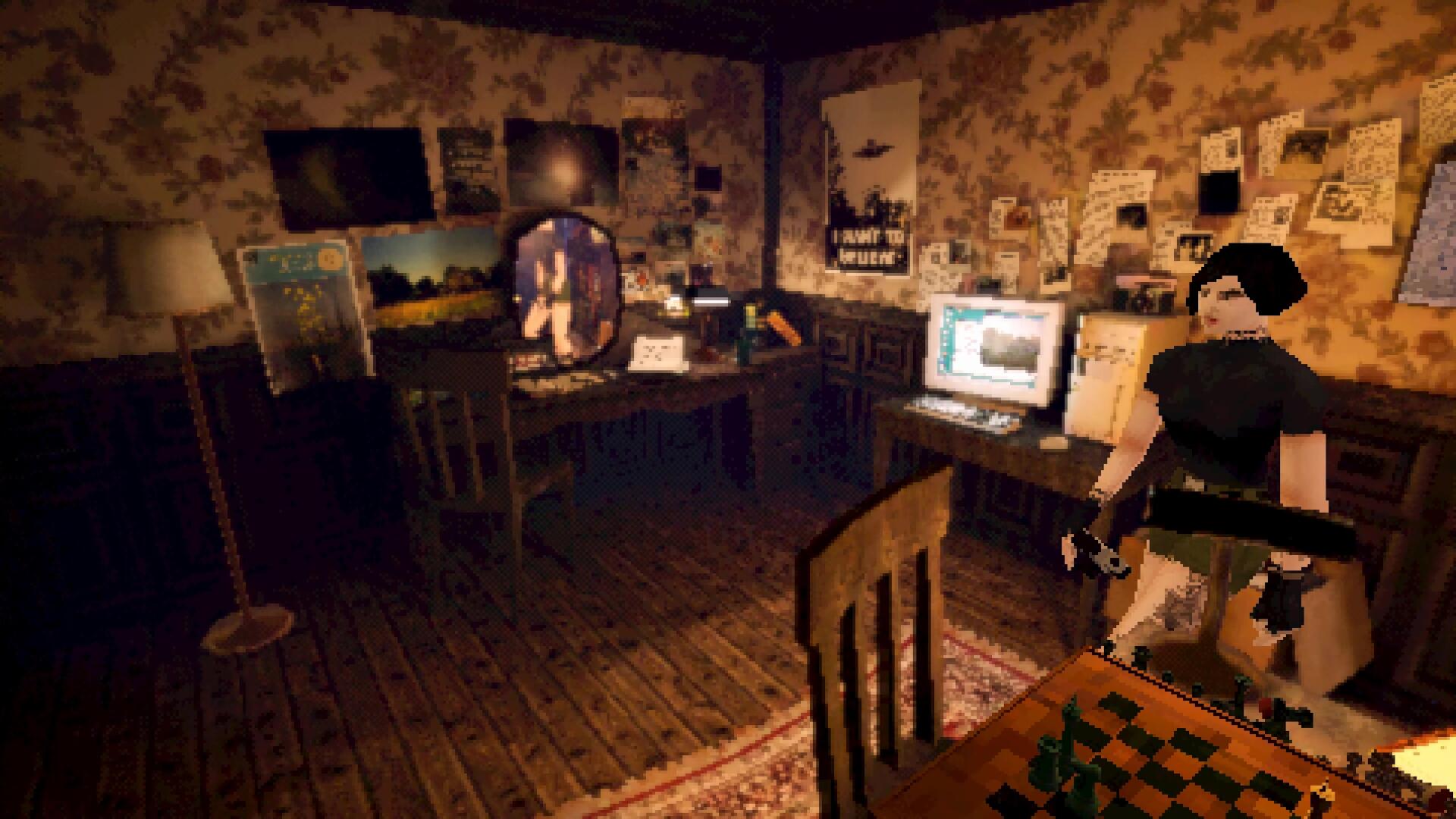
It makes these areas consistently interesting to explore, even if sometimes – especially when it comes to outdoor locations – they can feel a bit too large, having Sam jog around like nobody's business back and forth to interact with puzzles. But again, that's all a little bit Silent Hill 4, so it's sort of charming. The only thing it's missing is that game's titular room, though some reference is made to its hole-based traversal.
You owe it to yourself to make an evening out of this one.
It all comes together in a final act that exemplifies Heartworm at its best and worst. This dense area pulls together lots of smaller themed areas into one space, allowing for some quick bursts of horror ideas matched with theming around Sam's life. Yet, it's also the area that packs in the most direct references to older survival horror games. I too love some of the geometry of Resident Evil's original Spencer Mansion, but replicating it wholesale can be a bit too on the nose.
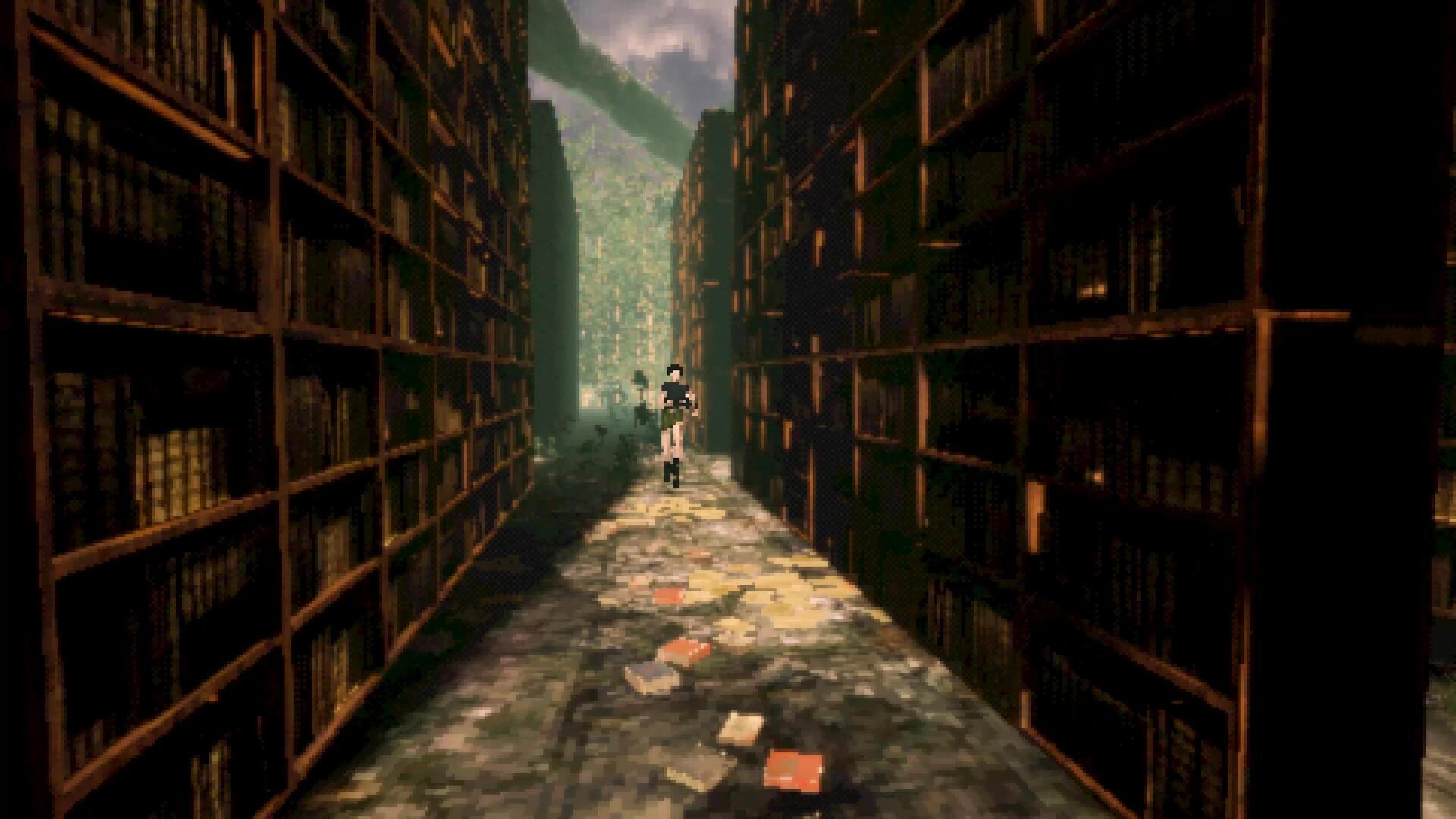
Still, I love how Heartworm is able to creatively add on its own mechanics and tone while being so referential. It's got Silent Hill's psychological vibes, Resident Evil's puzzle-based exploration, and Fatal Frame's photo-snapping combat. And don't get me wrong, I feel like there are subtler nods to all the best horror games as well like Clock Tower and Rule of Rose.
Not to mention Heartworm only took me – according to the in-game clock – 4 hours to beat. All while feeling substantial. (To be honest, I feel like it might not count door opening animations which do add up). That's not far off the time it can take to beat some of the best survival horror classics, all with bite-size areas that make sure Heartworm remains approachable to run through with knees-a-knocking. If, like me, you love retro survival horror from the 90s and 00s, you owe it to yourself to make an evening out of this one.
Heartworm was played on PC, with a code provided by the publisher.
Looking for more like Resident Evil, Silent Hill, and Fatal Frame? Check out our best Japanese horror games ranking!

Games Editor Oscar Taylor-Kent brings his years of Official PlayStation Magazine and PLAY knowledge to the fore. A noted PS Vita apologist, he's also written for Edge, PC Gamer, SFX, Official Xbox Magazine, Kotaku, Waypoint, and more. When not dishing out deadly combos in Ninja Gaiden 4, he's a fan of platformers, RPGs, mysteries, and narrative games. A lover of retro games as well, he's always up for a quick evening speed through Sonic 3 & Knuckles or yet another Jakathon through Naughty Dog's PS2 masterpieces.
You must confirm your public display name before commenting
Please logout and then login again, you will then be prompted to enter your display name.
